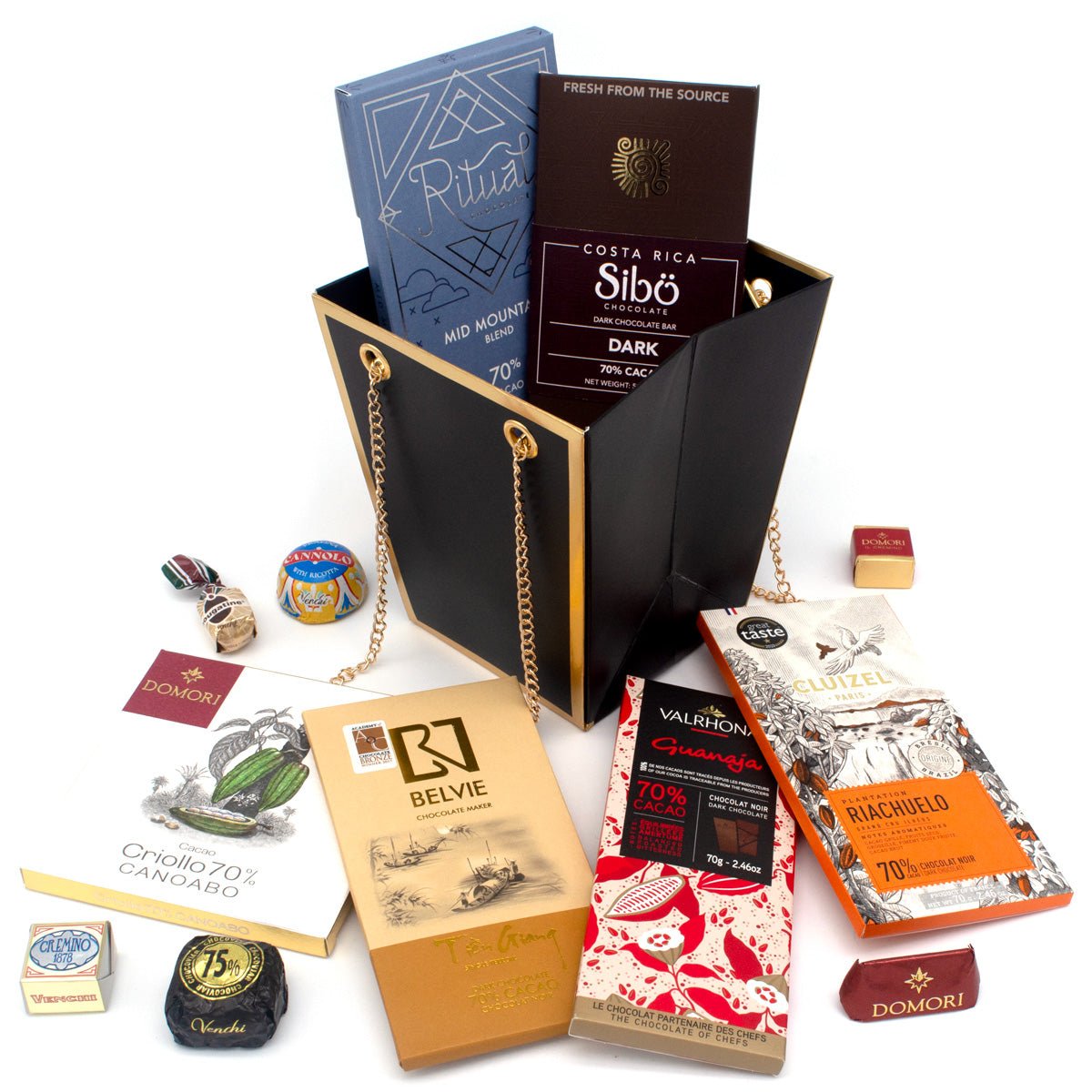Gianduja Chocolate Explained: Hazelnut and Chocolate Bliss
Gianduja Chocolate: The Hazelnut-Infused Delight
Gianduja (or gianduia) is a smooth blend of chocolate and around 30% hazelnut paste, originally invented in Turin, Italy, during Napoleon’s regency (1796–1814). It can be enjoyed as a chocolate bar or used as a filling for other confections.
Gianduja is essentially chocolate enriched with hazelnut butter. Like traditional chocolate, it comes in plain or milk varieties and may also include other nuts such as almonds. Bars of gianduja are softer than standard chocolate due to the liquid nature of hazelnut oil at room temperature, yet they are usually tempered like conventional chocolate.
History
During Napoleon’s Continental System (1806), British goods were blocked from European ports, creating cocoa shortages. While the exact date of the first gianduja bar is unclear, Kohler is credited with adding whole hazelnuts to chocolate in 1830. Later, in 1852, Turin-based Caffarel introduced the gianduiotto, a small ingot-shaped version of gianduja.
The name Gianduja comes from a Carnival marionette character representing the Piedmont region of Italy, where hazelnut confections are traditional. This naming was reportedly designed to appeal to children.
Production
Gianduja is made from chocolate, powdered sugar, and finely ground nuts—typically hazelnuts or a mix of hazelnuts and almonds.
- Toasting – Nuts are lightly toasted to enhance flavor and reduce moisture, which can affect texture.
- Grinding – While still warm, nuts are ground in a melanger or food processor until finely blended, leaving a few small pieces to ensure the final product isn’t overly soft.
- Mixing – The nut paste is combined with melted chocolate and additional powdered sugar. Ratios vary: more chocolate results in softer gianduja, while a 1:1:1 ratio of chocolate, sugar, and nuts is typical for fillings. Other optional ingredients may include lecithin, milk fats, or vegetable fats.
Gianduja sets quickly when exposed to air, so manufacturers often coat it with chocolate to preserve its texture.
Legal Standards
International and national regulations define what can be sold as gianduja. According to the Codex Alimentarius, gianduja must contain:
At least 32% dry cocoa solids (minimum 8% non-fat cocoa solids)
Finely ground hazelnuts making up 20–40% of the mixture
Up to 5% milk solids
Other nuts, whole or chopped, so long as they make up less than 60% of the total weight
Milk gianduja has slightly different standards: chocolate must contain more than 10% milk solids, and hazelnuts 15–40%. European regulations follow similar standards under the European Cocoa and Chocolate Directive.
Related Foods
Gianduja is similar to chocolate praline, which uses more caramelized sugar and further-roasted nuts, and to German nougat, which is eggless. Modern chocolate-hazelnut spreads, including Nutella (originally “Pasta Gianduja”), are inspired by gianduja, though they typically use cocoa powder and vegetable oils rather than pure chocolate and cocoa butter.
